Tel:+86-15665773313
OUR ADVATAGES
![[sort:name]](/skin/images/ys1.png)
At present, the company has obtained 63 national patents, including 28 invention patents, and its scientific research achievements have been identified by national institutions, reaching the world's advanced level.
![[sort:name]](/skin/images/ys2.png)
The pioneer of ammonia desulfurization in China, the international leading environmental protection entity enterprise of desulfurization, denitration, dust removal and VOCs treatment, and the global supplier of industrial flue gas pollutant collaborative treatment technology integrating research and development, manufacturing, installation and operation services.
![[sort:name]](/skin/images/ys3.png)
Demand communication, technical personnel carry out on-site research, establish a project team, professional teams tailor the engineering design, professional construction teams enter the site for installation, test and start-up, and after-sales maintenance.
Client
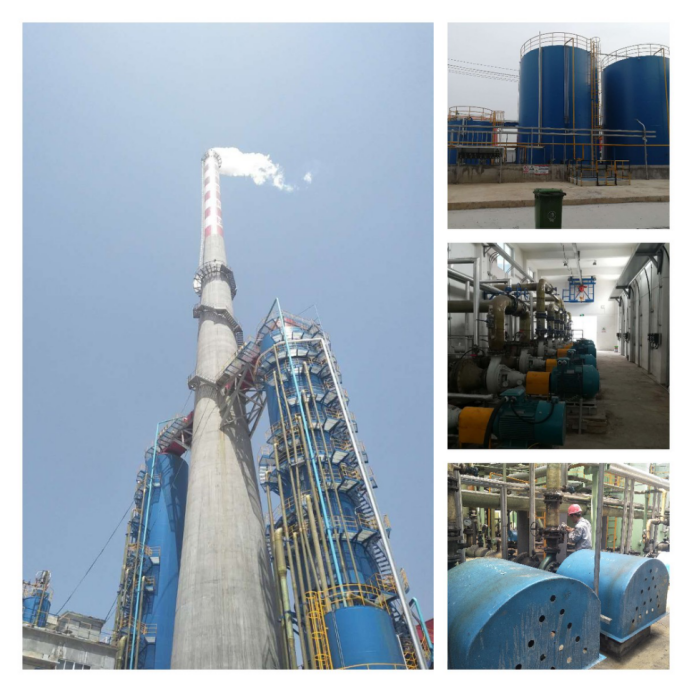
The flue gas treatment of two 150t/h b...
Detailed >>
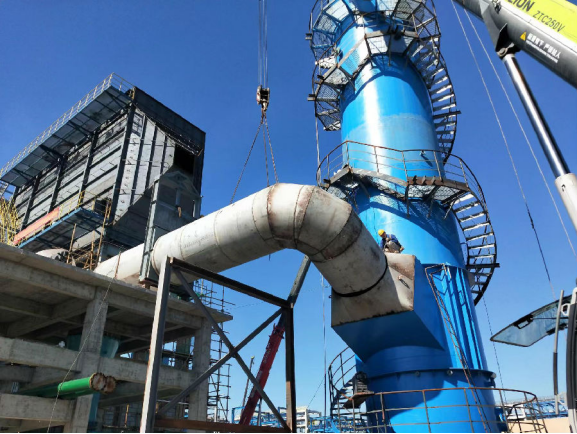
The project is equipped with one set o...
Detailed >>
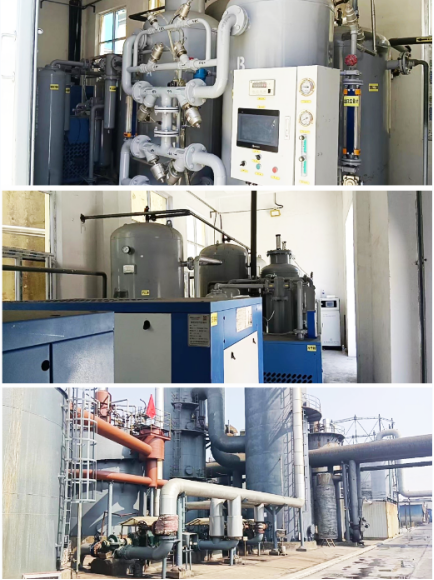
The source of waste water is the gas-m...
Detailed >>
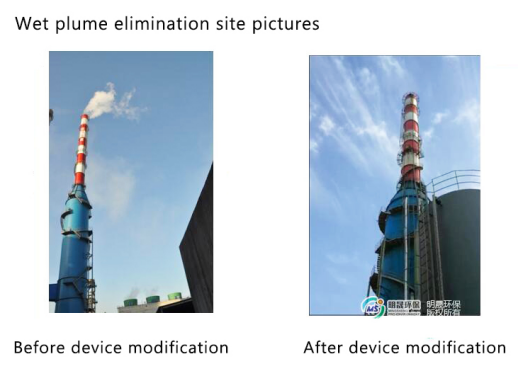
The commonly used treatment process va...
Detailed >>
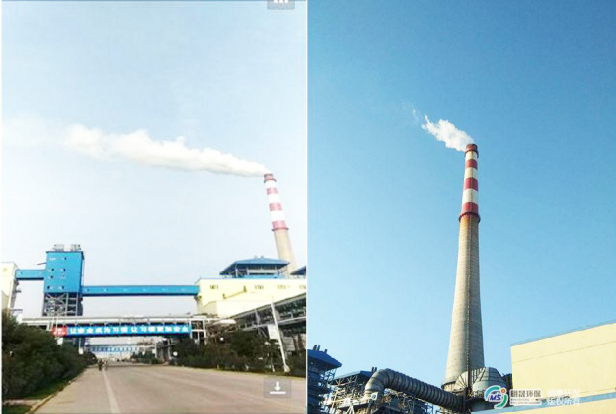
The 3*180t/h circulating fluidized bed...
Detailed >>
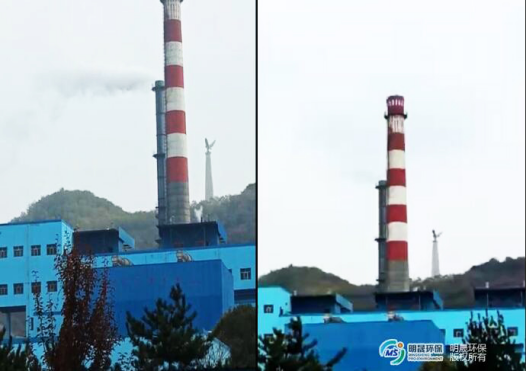
Shanxi Yongxin Coal Chemical Co., Ltd....
Detailed >>
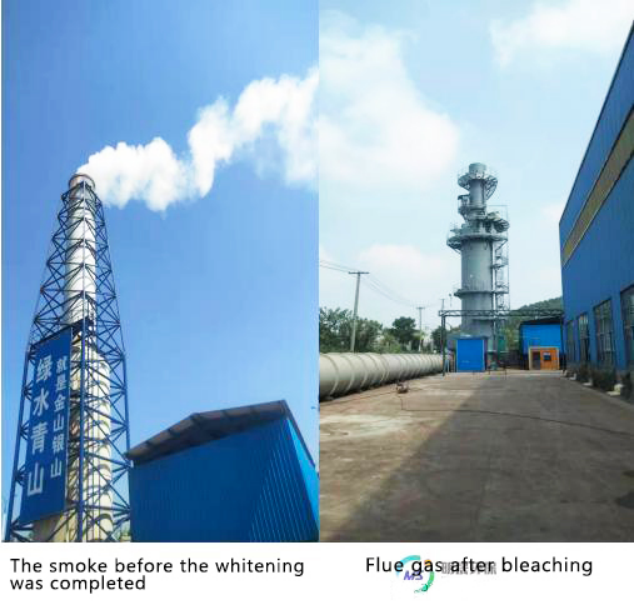
The project of this cooperation is tha...
Detailed >>
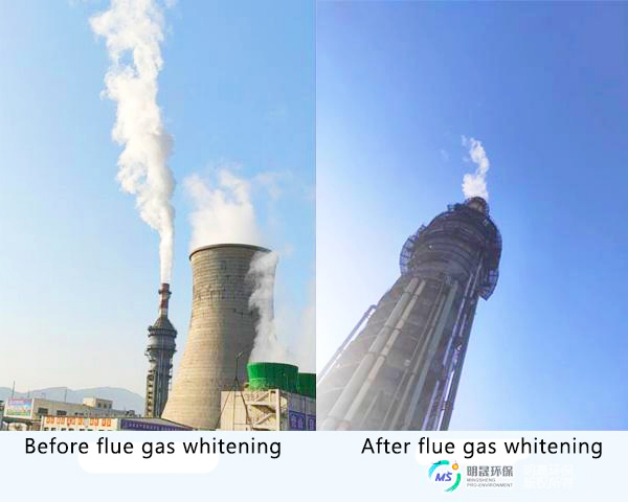
Mirshine Chemical Engineering Co., Ltd...
Detailed >>
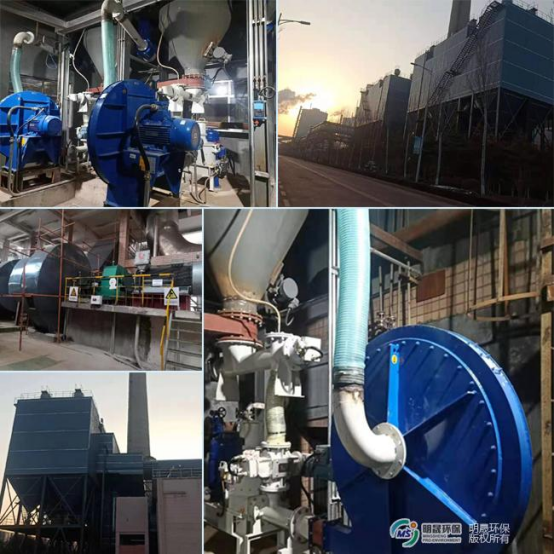
The scope of application of sodium-bas...
Detailed >>
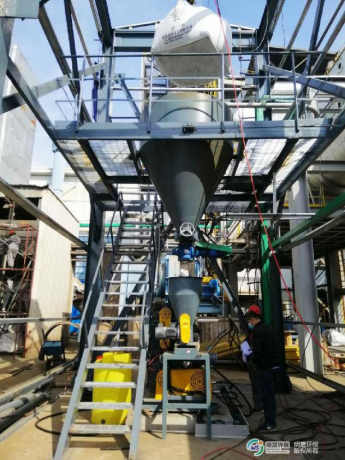
The foundry of Weichai Group is curren...
Detailed >>
Tel:+86-15665773313
News
07
2023-02
1. SDS process principleThe SDS dry deacidificatio···
07
2023-02
According to the way of coke oven flue gas polluta···
07
2023-02
Commonly used coke oven flue gas desulfurization a···
05
2023-02
The exchange meeting of ammonia desulfurization an···
05
2023-02
Ma'anshan Xinyang permanent magnet Co., Ltd. w···
05
2023-02
Li Ganjie, Minister of the Ministry of Ecology and···